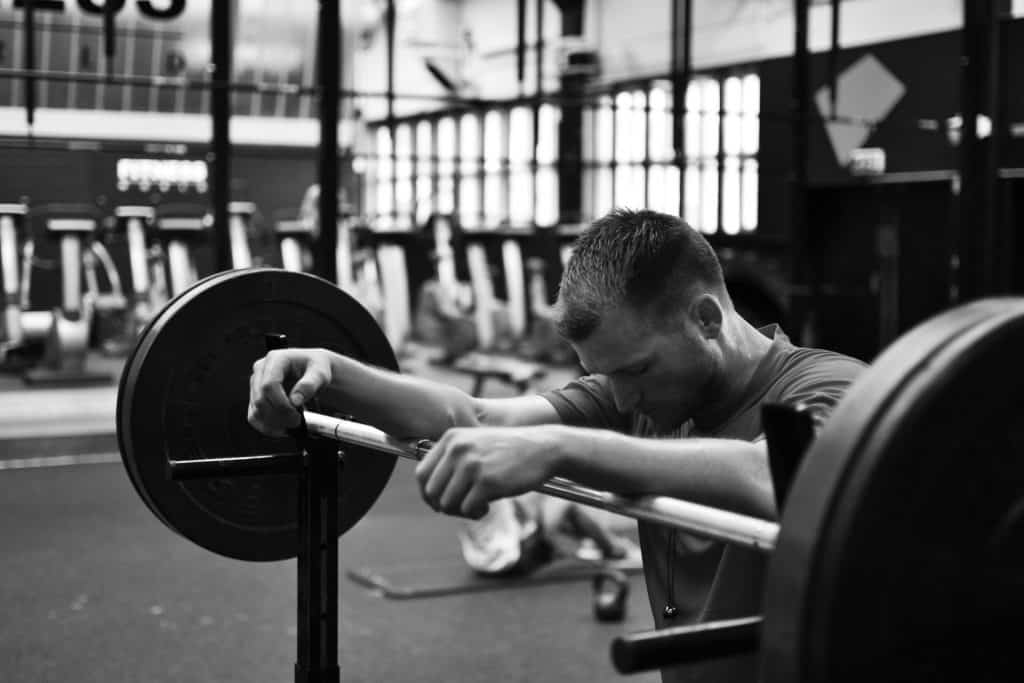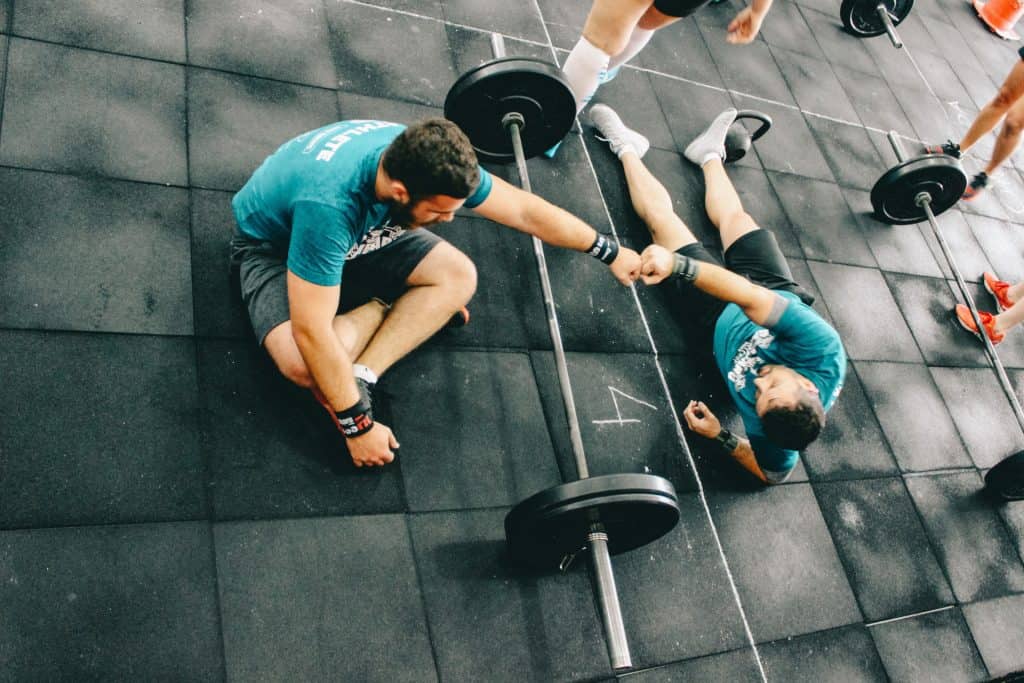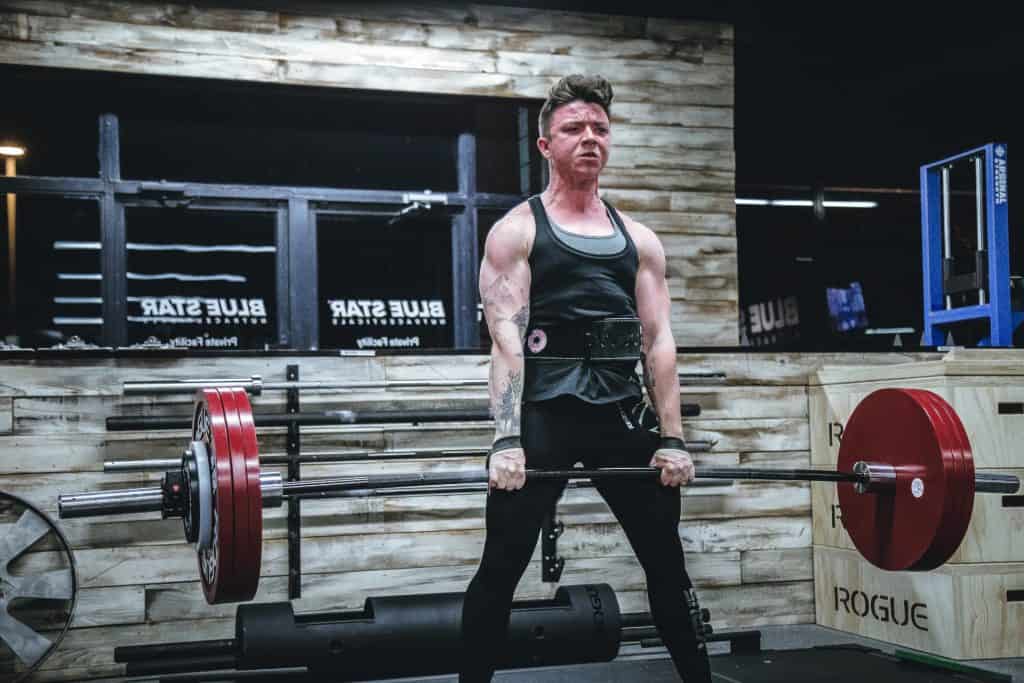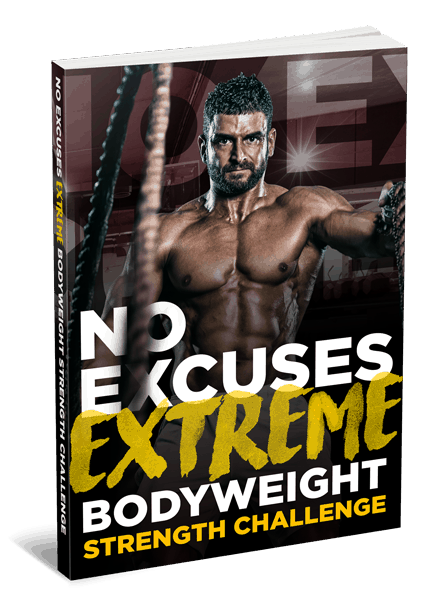“Bodybuilding is not something you can buy, inherit, or enjoy by association”, says fitness model and bodybuilder Nicolas Cole.
As a bodybuilder myself, I agree with that statement.
Some people might tell you that we flock gyms in search of bodybuilding gold, but if you ask Ronnie Coleman, Arnold Schwarzenegger or any other professional, you will understand one very important truth. Bodybuilding is not about gold or money.
It’s kind of like an addiction, once you start, your body pushes and pushes you to do more. A good example of the kind of person I am talking about is Ronnie Coleman. In 2018, doctors told Ronnie that there was the possibility he’d never walk again after he sustained an injury. You know what? Today, at 53, Coleman is not only walking, but he is also lifting. In his words:
“When you love something as much as I love bodybuilding, you don’t have to do much extra to push yourself, it happens. There were some tough times and when those came up, I just used my mental strength to push through knowing that my mind-controlled everything.”

How to think like a Pro while working out
I want you to start thinking like Ronnie. I want you to know that the number of gym memberships you have doesn’t matter. The shoes and gym clothes you can afford right now is everything you need. And most importantly, don’t focus your thoughts on money and global fame.
Remember, if you put in the work, everything else falls in line.
Pro Tip 1: Professionals Warm-up Before Lifting or Exercise and ‘Cool Down’ Afterword
Prior to doing physical activity, it is important to stretch and do light cardio. That’s what a warm-up is. The act prepares your body by gradually increasing your heart rate and loosening your joints and muscles.
On the other hand, ‘cooling down’ refers to a set of exercises that slowly reduce your body temperature, return muscles to their optimal length-tension relationship, prevent venous pooling, and reduce heart rate.
Why are Warm-ups and Cool-downs Important?
Lifting heavy objects can cause serious injury if you are not prepared both mentally and physically. The types of injuries I am referring to are hamstring strains, muscle pool, knee injuries, tendinitis, wrist pain or dislocation.
On occasion, I myself and many other bodybuilders skip out on warm-ups. No one is perfect, however, if you haven’t lifted in a while, don’t skip out on the following:
Warm-ups Recommended by Professionals
- Start with 10 minutes of static stretching.
- Follow that with at least 15 minutes of cardio (pick your poison, could be, rowing machine, stair master or whatever you like).
Recommended Cool Down
- Walk slowly for at least 10 minutes.
- Swim leisurely for 5 minutes or more.
The idea is to target your muscles i.e. focus on the muscle groups you aim to work on.
Another thing I must mention is, don’t try to outshine or impress the guy or girl next to you. Keep your head in what you are doing.
Pro move 2: Ask for Help When you Need It

What I’m I doing? Most of the time the answer is “I don’t know”. Believe me, I’ve been there.
Why Do I Need a Spotter?
If you are new to bodybuilding, I recommend you join a gym that provides free sessions with a personal trainer. See the thing is, figuring out how to use some machines and what you can and can’t lift is not as easy as it sounds.
What are your plans, do you aim to perform barbell squats, barbell presses and move up the scale in terms of weights and resistance?
If you are serious about this, you need a spotter. What is a spotter?
This is a person who will guide and guard you when performing exercises that might result in serious injury or even death.
What to Look For in a Spotter
Can one blind person lead another? Won’t they both fall into a ditch?
Jesus asked that question 2,000 years ago and it still has relevance today. See the thing is, if your spotter doesn’t know what he or she is doing, the result might be injury or even death in some cases.
If you decide to hire, this is what you should look for in a trainer.
- Make sure the trainer has expertise in the area you want to train in.
- Personality and experience: you should have some chemistry.
- Cost and availability.
Ideally, you need someone who will be there to keep falling barbells off your chest or face, that is, a person stronger or more experienced than you.
Accidents are commonplace in the gym and not all of them can be stopped. Having someone looking out for you greatly decreases the possibility of one happening to you.
What if I Have no One to Turn to?
You don’t want to die, trapped under a barbell in your garage alone, do you?
It can happen, but you must let go of that mentality, let me explain. Being a pessimist means that you focus your thoughts on things going bad. Yes, bad things happen sometimes but if you focus on you dying in your basement all the time. Your home gym will become part of the décor.
When you don’t have a spotter, you should:
- Always use or practice perfect form
- Pick different exercises besides benching, such as cable flies, push-ups, pec files, dumbbell pullovers, etc.
- Never go to failure (over train) when alone. You can do it from time to time but pick your workout carefully.
- Find something to believe in: It works trust me. What you believe in determines the quality of your experience. It helps you overcome challenges and pushes you to better yourself.
- Lift dumbbells instead of barbells.
- Use lighter weights for higher reps.
“go to failure” in weight training means repeating an exercise to the point of momentary muscular failure
Pro move 3: Support Belts are a Must Have!

What is a support belt and why do I need it?
Just as the name suggests, a support belt is a belt that you wear around your waist to support your lower back and abdominal muscles when lifting.
That said.
Back pain or injury can be caused by something as simple as bending down to pick up a pencil. In fact, the Australian Bureau of Statistics estimates that nearly 70-90% of Australians, will suffer from lower back pain at some point in their lives.
The point is, this is not a problem that only affects bodybuilders.
When are support belts necessary?
If you are performing any type of exercise that has the potential to harm your back such as when performing deadlifts and or bench presses with very heavy weights, use your support belt.
There is a difference between using and abusing your waist belt. If you misuse your waist belt, it can affect your experience of learning how to contract and squeeze your abs, it can also, according to boxlifemagazine, aggravate potential injuries, and weaken your lower back.
You don’t need to use a support belt when doing these:
- Lifting loads under 80% of your rep max
- Performing high repetition workouts
Wait! We are not done yet, check out part two and fill your brain with more useful knowledge.
